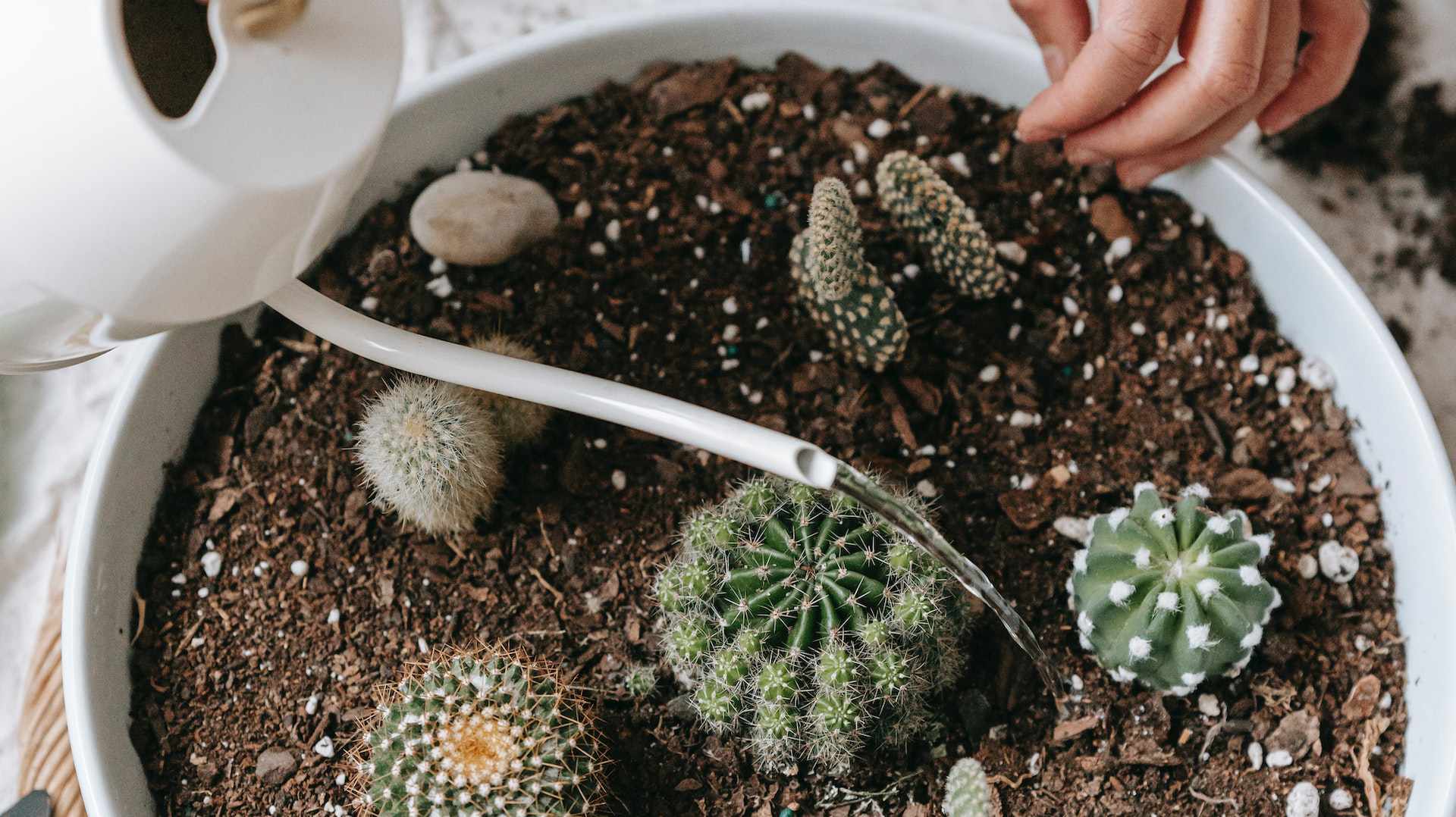When it comes to growing cacti, enthusiasts and novices alike often ponder the question: how long does a cactus take to grow? While the answer varies greatly depending on species, environmental conditions, and care practices, this comprehensive guide endeavors to shed light on the growth timelines of these fascinating plants. Understanding the growth stages of a cactus not only enhances one’s gardening acumen but also deepens appreciation for these remarkable specimens.
To grasp the growth potential of cacti, it’s essential to delve into the various factors that influence their development. From the type of species to the surrounding climate, numerous variables come into play. While the growth process can be quite rapid, slow growth should not be misconstrued as stagnation but rather a natural adaptation to their environment.
Another critical aspect to consider when discussing the growth of cacti is the establishment of roots. Root development is pivotal and lays the foundation for robust health. Cacti are generally slow to establish themselves, particularly in their initial journey from seed to juvenile. Some species can take anywhere from several months to a few years before they reach a stage of consistent growth. Understanding root development will aid in fostering a successful cultivating experience.
Ultimately, while many factors contribute to the overall timeline, certain generalizations can still be made regarding the growth duration for different categories of cacti.
**Fast-Tracking Growth: Rapidly Developing Cacti**
Some species of cacti exhibit rapid growth rates, enabling them to flourish under optimal conditions. These include popular varieties such as the Golden Barrel Cactus (Echinocactus grusonii) and the Saguaro Cactus (Carnegiea gigantea). When given ample sunlight, well-draining soil, and careful watering, these cacti can grow visibly over the course of one growing season.
The Golden Barrel Cactus, renowned for its spherical shape and golden spines, can achieve a height of around 24 inches within just a few years when nurtured correctly. In a suitable environment, this cactus can produce offshoots, which can be replanted to propagate growth further, creating an engaging cycle of life. Similarly, the Saguaro, often regarded as a symbol of the American Southwest, can grow as much as 1.5 inches per year during its early growth stages if nurtured appropriately, eventually achieving heights of up to 50 feet.
**Slow and Steady: The Patience of Slow-Growing Cacti**
Contrasting with their faster-growing relatives, certain cacti species are notorious for their languid growth rates. The Old Man Cactus (Cephalocereus senilis) and the Moon Cactus (Gymnocalycium mihanovichii) serve as archetypical examples of this phenomenon. Typically, these plants require years, often a decade or more, to achieve modest growth milestones.
The Old Man Cactus, recognizable by its long white hairs, can take as long as 50 years to reach considerable heights of around 15 feet in its natural habitat. In cultivation, due to controlled and often enhanced growing conditions, it may reach maturity quicker, but still not without the passage of a significant amount of time. Meanwhile, the Moon Cactus, which showcases beautiful vibrant colors, can take several years just to reach a few inches tall, as it requires grafting onto a suitable host cactus for optimal growth.
**The Crucial Role of Environmental Factors**
Cactus growth is inextricably linked to specific environmental conditions that not only influence growth rates but also overall health. Temperature, humidity, light, and soil type are paramount in dictating how quickly a cactus can grow.
Temperature plays a pivotal role; most cacti thrive in hot climates, ideally between 70°F to 100°F during the daytime. However, they also require a drop in temperature at night to simulate their natural habitats. Humidity levels should be low to moderate for ideal growth, as excessive moisture can lead to rot.
Light conditions are equally vital. Cacti generally prefer full sun but are also vulnerable to sunburn if not gradually acclimated to intense sunlight. A well-draining soil mix is necessary to prevent overwatering issues, with cactus potting mix being the preferred choice. Incorporating sand or pumice can enhance drainage, creating an optimal growing medium.
Watering practices must be tailored to each species and their growth stage. Younger cacti may require more frequent watering during their early development, but as they mature, the frequency should decrease significantly, ideally adhering to a sparse watering schedule.
**Nurturing Growth: Tips for Successful Cultivation**
To promote optimal growth in cacti, gardeners should consider a few essential practices. Understanding the specific needs of each species will lead to a more successful cultivation endeavor. Fertilization is an excellent way to help accelerate growth. Utilizing a specialized cactus fertilizer during the growing season can bolster nutrient uptake without overwhelming the plant.
Furthermore, repotting cacti when they outgrow their containers is critical. A larger pot allows for better root development, facilitating overall growth. Equally important, acclimatization to new environments prevents stress, allowing for a smoother transition.
In summary, understanding the intricate tapestry of factors that influence cactus growth can provide growers with the tools necessary for success. While timelines may vary widely, patience is a virtue in the endeavor of nurturing these resilient plants. From taking years for some to flourish to growing rapidly for others, the journey of a cactus from seed to maturity is a profound testament to the marvels of nature.





Leave a Comment